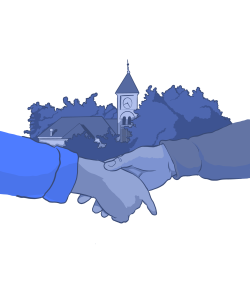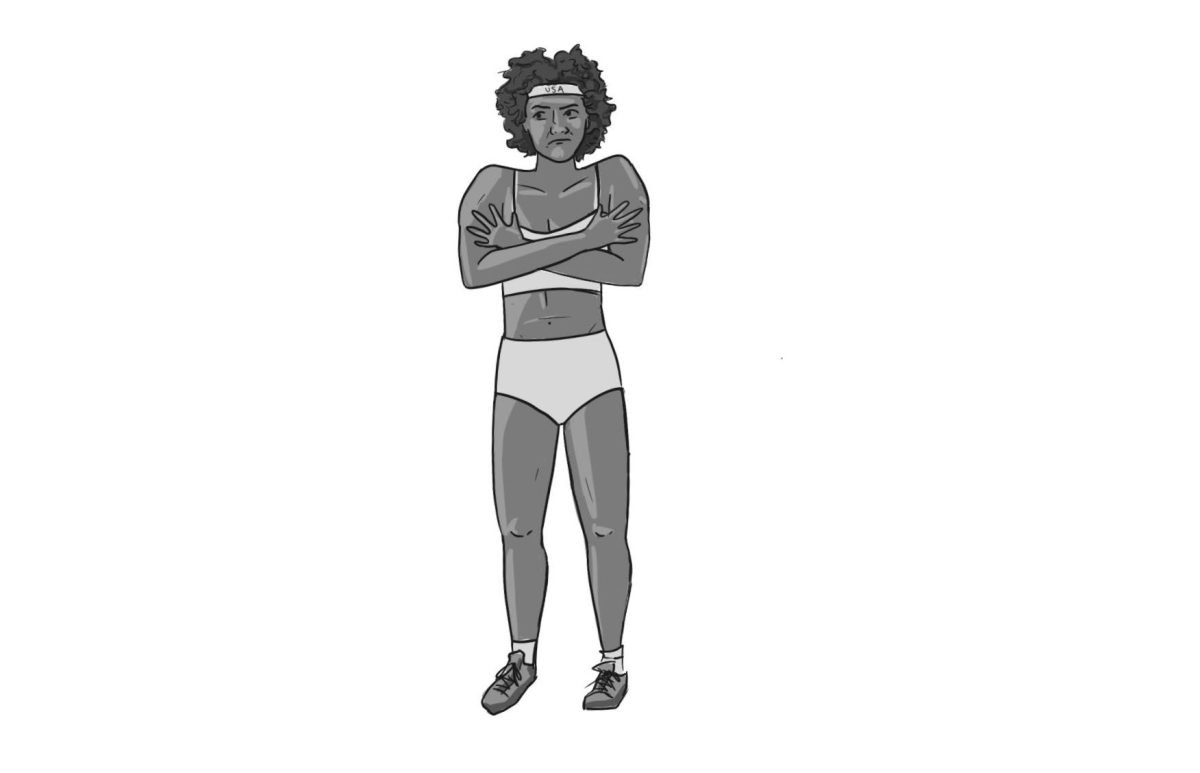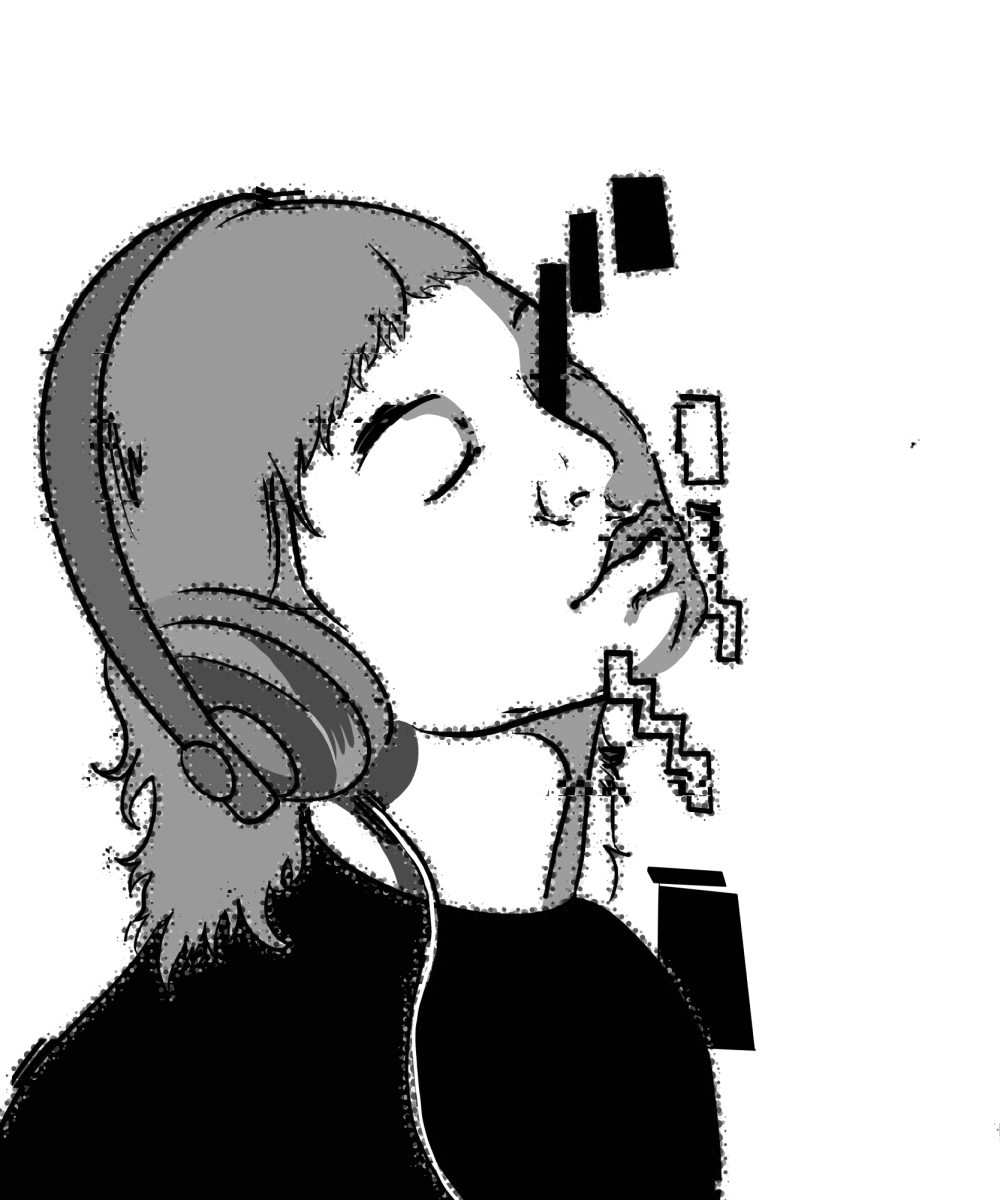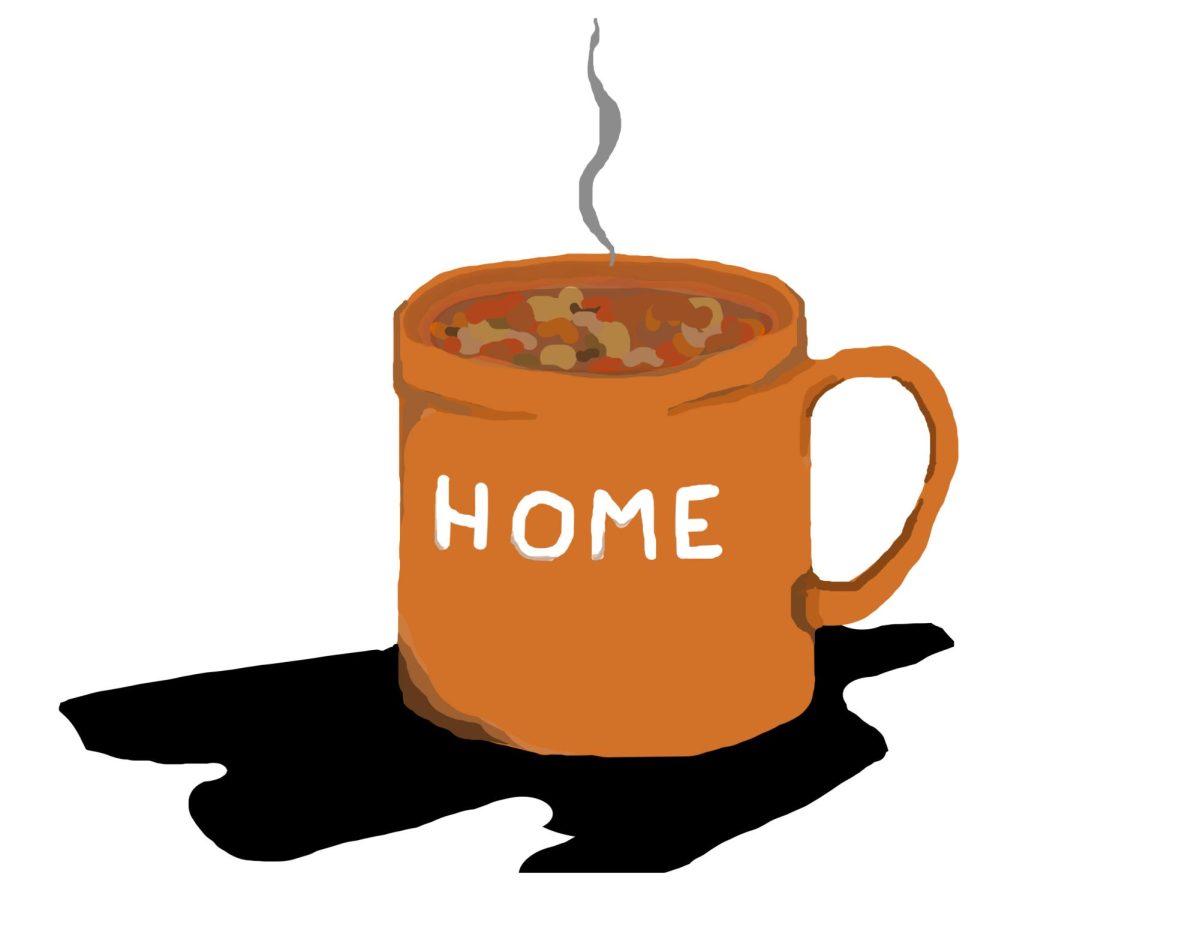
Etrian Odyssey III: The Drowned City is the third installment of Atlus’s dungeon-crawling series for the Nintendo DS. It largely follows the format of the previous entries in the series: you form a party of adventurers, consisting of princesses, gladiators, pirates and the like, and then descend into a vast, labyrinthine dungeon to slay monster after monster after monster after monster, each one incrementally bigger and more challenging. Finally, you run out of items and run back to town to rest up at the inn and prepare for your next descent. The process is repeated ad infinitum, and over time adopts the nature of a fetishized ritual as you watch the bars representing health, experience and magic ebb and flow to the rhythm of the game, an intricate pattern changing gradually with time, but the overall design of which remains fixed throughout. This is a romantic conceptualization of the game over a long term.
The actual experience of playing Etrian Odyssey is more like this. You go down into the dungeon. Lush vegetation grows all around you, rendered with surprising vibrancy on the DS top screen. On the bottom screen is a blank grid and a set of rudimentary drawing tools. This is where you can draw a map of the dungeon’s massive, sprawling floor plan. Yes, cartography is a major component of Etrian Odyssey. With each step as you move throughout the network of passages comprising each floor, you have to draw in the floors and walls on the lower half of the DS according to what you see on its upper half. The glacial pace of exploration this necessitates is offset by frequent enemy encounters, which take the form of a dense series of menus overlaid on a static image of whoever is attacking you. You select various commands for each member in your party––”Fight,” “Defend,” “Magic” and so on––and hack away at your opponent until they die or all of you do. At the end of each battle, you receive experience points to level up your characters and the occasional item, which you can sell in the town shop for gold and unlock new items for sale.
All this makes repetition an inherent fixture of Etrian Odyssey’s gameplay, from the slow, methodical pace of charting your way while you travel, to the recurring battles with the same, familiar cast of monsters, to the agonizingly infrequent and minute advances in overall progress. The secret, I’ve found, to enjoying this type of game––should one feel compelled to enjoy it at all––is to play it in small doses, no more than 10 or 15 minutes a day. Putting time into Etrian Odyssey in manageable increments is, ironically, the best way to conceal the enormity of the task at large by divvying progress into individual tasks, each one easily handled but gratifying nonetheless. And once you’ve settled into its rhythm, it’s surprising how often you’ll look up from the seemingly endless grind of walking, fighting and mapping, and realize you’re three floors deep, two levels more powerful and twice as rich as you were a week ago.
Or, alternatively, that you’re three floors deep, two party members down and have six more dragons between you and the safety of town. This is when Etrian Odyssey gets really interesting.









